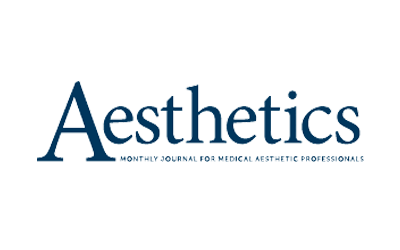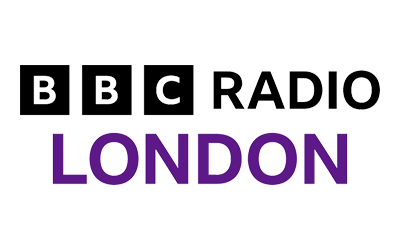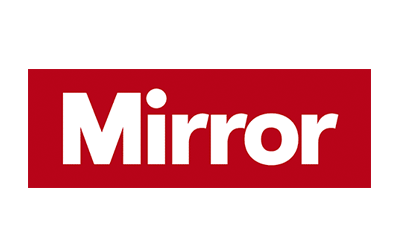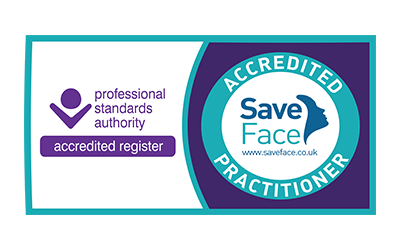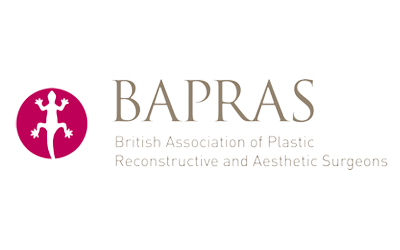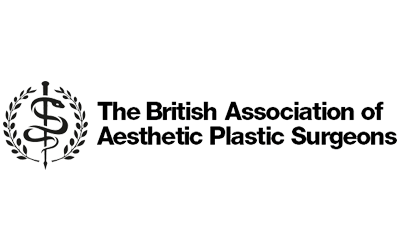What is breast implant removal?
At Karidis Clinic, all breast implant removal procedures are carried out by one of the best-known breast surgeons in London, Mr Alex Karidis. For UK-leading consultancy, aftercare and results, get in touch today.
Breast implant removal surgery removes a breast implant without replacing it with a new one. There are many reasons why you may be considering breast implant removal; a breast implant is not considered a lifetime device so at some point you will be contemplating revision breast surgery. Some women choose to exchange their implants, often in combination with a breast uplift.
However, many women decide to have their breast implants removed without replacement and there are a number of options to consider if this is the case.
Reasons to undergo breast implant removal
- Your body shape has altered or your lifestyle has changed and you may no longer wish to have larger breasts
- Even after a breast augmentation procedure, your breasts may have increased in size, whether due to hormonal changes, pregnancy or weight gain
- Capsular contracture has affected the appearance of the breast implant; it is not possible to ensure capsular contracture will not occur again, and you may not wish to risk this potential complication
- Health concerns over having breast implants
Mr Alex Karidis regularly performs cosmetic breast surgery procedures, such as breast augmentation and breast uplift and is also highly experienced in performing corrective breast surgery and breast implant removal. He is always striving to produce the very best results for his patients.
For advice on your breast implant removal options, call 0203 811 3156 to arrange a consultation.
Quick Reference
Quick Links
BIA-ALCL
Breast Implant Associated Anaplastic Large Cell Lymphoma (BIA-ALCL) is not a cancer of the breast tissue but it is a rare type of lymphoma that typically develops in the capsule that forms around textured breast implants.
Textured implants were seen as an important advance in breast implant technology when they were first introduced as they significantly reduced the risk of capsular contracture. However, it now appears that textured breast implants are related to the development of BIA-ALCL and it has occurred with every type of textured implant although rates vary.
The most common symptom is an excessive build-up of fluid around the implant that can present as pain, swelling or lumps in the breast or under the arm and unexpected changes in the shape of the breast, particularly asymmetry. Typically, this develops later on, usually between three and ten years after breast augmentation surgery.
As well as being very rare, ALCL is eminently treatable by removal of the capsule and adjunctive treatment.
Due to the very low risk of BIA-ALCL developing, the current advice from the Medicines and Healthcare products Regulatory Agency (MHRA) is that there is no need for breast implants to be removed because there is no new evidence that the risk has changed. Recently, Allergan announced that they were stopping selling Biocell textured breast implants and tissue expanders which has also caused concern but, again, the MHRA’s advice is that there is no currently no evidence of an increased risk to patients and Allergan is working closely with the French CE provider to resolve the issue.
The situation is being reviewed regularly by the MHRA and they are working closely with organisations doing similar regulatory work in Europe and internationally.
Link to MHRA Guidance on Breast implants and Anaplastic Large Cell Lymphoma (ALCL)
Link to MHRA Statement on Allergan Withdrawal of Biocell Device
However, if you notice any symptoms or have concerns about your implants, it is important to get in touch with your plastic surgeon and they can arrange a follow-up consultation and any necessary medical investigations. If you are no longer in touch with the plastic surgeon that performed your initial procedure or wish to seek a second opinion, Mr Karidis can review your medical history and discuss your options with you in full.
Breast Implant Illness (BII)
In recent years, women have been reporting a range of systemic symptoms – including lethargy and fatigue, problems concentrating, aches and pains throughout the body, headaches, rashes, anxiety, depression and insomnia – which they believe are connected to their breast implants and a reaction to the silicone.
Currently, there is no scientific evidence that supports this connection and no diagnostic test available, but Mr Karidis is compassionate and understanding to those women who are concerned they are suffering from Breast Implant Illness and many patients report a marked and often dramatic improvement in their symptoms once their implants are removed.
Once you’ve made the decision to remove your implants completely, there are a number of breast implant removal options which will be discussed in full with Mr Alex Karidis at your consultation. The first consideration is the removal of the implant itself and the second is in regard to the aesthetic appearance of the breast after the implant has been removed.
Explantation
Removing the implant is a process known as explantation. Typically, an incision is made through your breast augmentation scar and the breast implant is removed in a very straightforward procedure.
However, when the implant was initially placed in the breast, the body naturally forms a capsule around it. In many cases, the capsule will be reabsorbed by the body, but sometimes the capsule has hardened and thickened, and you may be able to feel its presence in the breast post-surgery.
Furthermore, if you’re concerned about the presence of silicone in the body, you may wish to have the capsule, as well as the implant, removed.
Capsulectomy
Again, an incision is made through the existing scar and the implant is removed. The capsule can then be removed from the breast implant pocket.
En-Bloc Capsulectomy
Also known as total capsulectomy, this procedure entails removing both the capsule and implant as one unit, without causing any contamination to the body. Typically, a larger incision is required to remove the tissue whole.
Patients suffering from Breast Implant Illness often request this procedure to ensure no silicone is left in the breast if the implant has ruptured and no tissue is left in the body that has come into contact with the implant.
Breast Reshaping after Implant Removal
Taking into account the degree of existing breast tissue, the amount of sagging, excess skin and the position of the nipples once the implant has been removed, Mr Alex Karidis will reshape and lift the breasts to produce the most aesthetically pleasing breast shape.
Fat Transfer after Implant Removal
Using your own fat, typically taken from the stomach or thigh area, it is possible to add volume to the breasts once the implant has been removed. As it is your own tissue there is no risk of capsular contracture and it will not need to be removed or replaced at any point.
More than one fat transfer treatment may be required to achieve optimal results.


